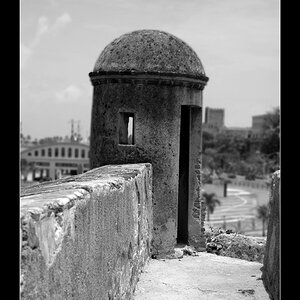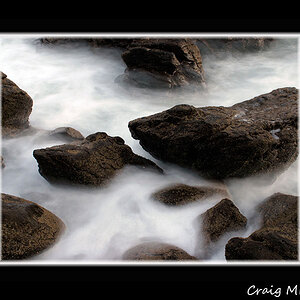Commonman
TPF Noob!
- Joined
- Jan 4, 2007
- Messages
- 201
- Reaction score
- 0
- Location
- St. Paul, Minnesota
- Can others edit my Photos
- Photos NOT OK to edit
I'd like to acquire a nice print washer. I've noticed that I would have to pay a premium to get a design which will keep the rinse water completely separate. But how important is it to keep the rinse water completely separate if I'm the only one using the rinser?





![[No title]](/data/xfmg/thumbnail/42/42459-a7a996b715ff4999d07738140fdd0fe3.jpg?1619740191)







